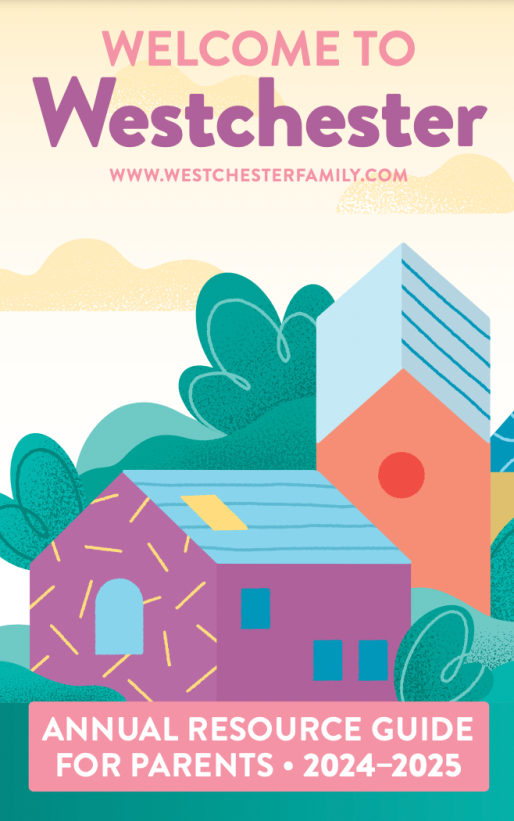
How Summer Can Trigger Eating Disorders in Teens
According to an NEDA research study that followed 496 teen girls for eight years until they were 20, “5.2% of the girls met criteria for anorexia, bulimia, or a binge eating disorder.”
As summer is approaching, many teens might feel triggered by their friends and what they see on social media, leading to body dissatisfaction, low self-esteem and the potentially the development of eating disorders.
We spoke with Melissa Spann, PhD, LMHC, CEDS, Chief Clinical Officer of Monte Nido & Affiliates, one of the leading eating disorder treatment providers, about these important topics to learn more about summertime triggers, warning signs, and how to help teens should they be showing signs/experiencing an eating disorder.
Westchester Family: Why do you think eating disorders are on the rise in the summer? What are some common triggers?
Melissa Spann: The cultural emphasis on achieving a certain idealized body image can intensify during summer when the warmer temperatures bring bathing suits and tank tops along with a heightened self-consciousness and body comparisons for many. This pressure, combined with increased exposure to social media and images of unrealistic beauty standards, can contribute to body dissatisfaction, low self-esteem and the development of eating disorders.
Westchester Family: Summer often involves more social events centered around food, such as barbecues or vacations, which can trigger anxiety and exacerbate disordered eating behaviors.
Melissa Spann: Some of those with disordered eating may find habits become more noticeable in the summer. Students often return home from college and see their doctor for their annual checkup, or their parents see changes in behavior or weight that were easier to mask when they weren’t under the same roof. People often wish to get treatment in the summer while there is a break in rigorous studies, sports, and social calendars. This can provide a stronger foundation for the school year ahead.
Westchester Family: What are some signs parents can look out for?
Melissa Spann: Some signs that parents can look for that may indicate the presence of an eating disorder include significant weight loss or fluctuations, obsessive preoccupation with food or excessive exercise.
Parents may also see an avoidance of social situations involving food, constant dieting or restrictive eating patterns, or changes in eating habits. They should watch for comments about feeling fat or dissatisfaction with body shape, withdrawal from activities they used to enjoy or big mood swings. Signs can vary depending on the type of eating disorder, and a professional evaluation should be sought if there are concerns.
Westchester Family: What’s the best way to approach these topics with teens?
Melissa Spann: If a parent thinks their child may have an eating disorder, it’s important that they educate themselves before approaching their teen. Gain knowledge about eating disorders to better understand the complexities involved and provide accurate information. Then, create a safe and non-judgmental environment for open communication.
Westchester Family: Do you think eating disorder conversations should be happening if there are no issues?
Melissa Spann: It’s smart to have conversations about eating disorders, even if there are no apparent issues. Promoting awareness, body positivity and a healthy relationship with food and body image can be valuable preventive measures.
Educating teenagers about the signs, risks and consequences of eating disorders can help them develop a positive body image and self-care habits.
These conversations can not only create an open and supportive environment where teens feel comfortable asking for help if they ever need it, but they also teach them to be aware of the signs in their peers and friends.
Westchester Family: Is there anything else you’d like to add?
Melissa Spann: Adolescence is a time of profound change, and teens are particularly susceptible to eating disorders due to the developmental stages they are at in their lives. Adolescents undergo sweeping physical changes to their bodies, and they also experience hormonal changes that affect the brain chemistry and mood. Knowing the warning signs of eating disorders is essential, and early intervention is key to recovery.
Monte Nido & Affiliates, a leading provider of eating disorder treatment, provides adolescent treatment at several locations in New York. There are two residential programs including Clementine Briarcliff Manor for adolescent girls and Clementine Hudson Valley for adolescents of all genders. These residential eating disorder treatment programs are comfortably appointed while providing round-the-clock medical and psychiatric oversight. They feature comfortable accommodations, common areas, kitchen and dining rooms, with treatment areas encouraging a sense of community and nourishment. For more information, please visit clementineprograms.com.
Monte Nido & Affiliates also offers in-person programs in Manhattan and Westchester as well as virtual treatment options. Our partial hospitalization (PHP) and intensive outpatient programs (IOP) give adolescents of all genders the opportunity to participate in group and individual therapy, benefit from clinical, medical, psychiatric and nutritional expertise and experience real life challenges. For more information, please visit www.montenido.com.






